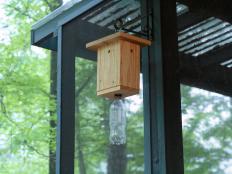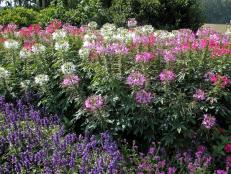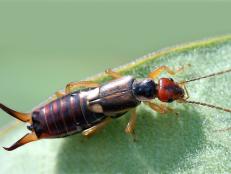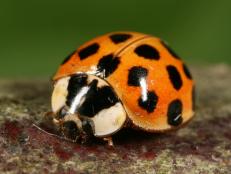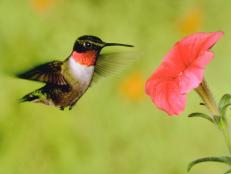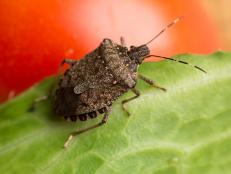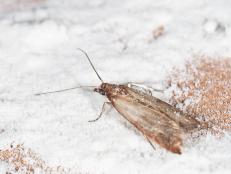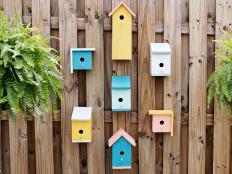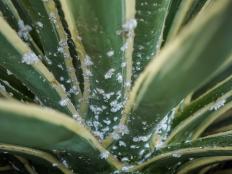How to Make Your Backyard Wildlife-Friendly
These expert-approved tips will keep both you and local backyard critters happy.

Caitlin Atkinson
Our homes are our safe havens from the outside world. They’re our retreats on rainy days, our place to rest after a long week, and our one stop shop for breakfast, lunch and dinner — if you remember to grocery shop, that is. If your home has an outdoor space, it's also a retreat for local critters. While we often try to rid our outdoor spaces of pests, our yards are part of nature, and we share them with birds, squirrels, bugs and other creatures. Every form of wildlife is critical to the Earth’s ecosystem, so we rounded up some of the best ways to attract, sustain and pamper your backyard friends.
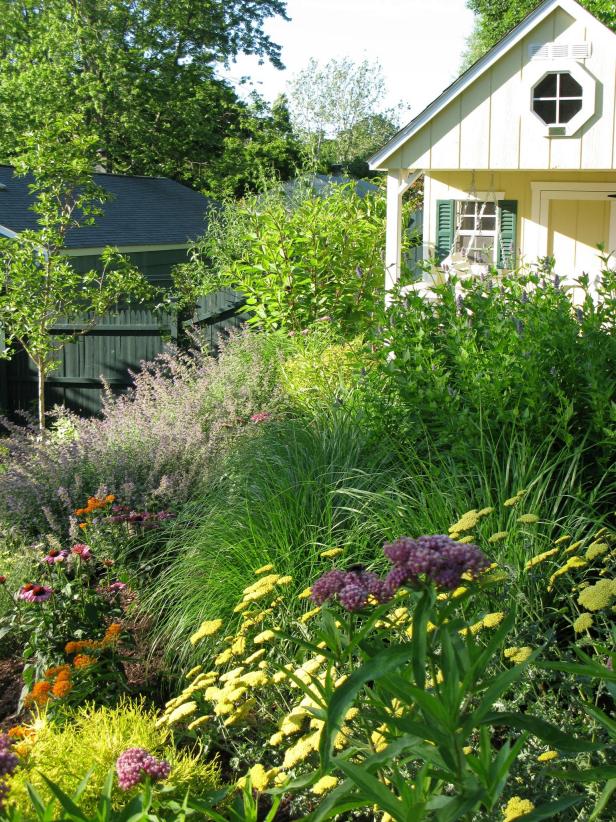
Austin Ganim Landscape Design
Plant Local Flora and Fauna
According to National Wildlife Federation naturalist David Mizejewski, planting native trees and flowers is the number one way to attract and sustain local wildlife. “Wildlife need habitat first and foremost and that means specifically the native plants of your region,” says David. “All you really need to do is fill your yard with blooming native trees, shrubs and ground cover. Those plants will provide food, shelter and the resources wildlife need to keep their population perpetuating. They provide food in the form of sap, seeds, nectar and sometimes the foliage.” Check with your local nursery to find out what plants are native to your area and which ones attract wanted critters. For example, butterflies in one region may be attracted to different flowers than in another region based on what plants they have developed an immunity to.

Create Shelter
Whether you want to craft a charming birdhouse or plant a garden with lots of foliage, shelter is one of the main necessities backyard critters need to survive. “If you plant densely, then the wildlife will have plenty of cover,” says David. “It will also give them hiding places where they can get out of the weather, a place to raise their young and a place for prey to hide from predators.” Old trees can also be a great form of shelter as long as they’re not posing a threat to your home or wellbeing. Birdhouses are great, too, if you choose the right kind. When shopping for or building a birdhouise, David says to keep it simple, stick to plain wood and avoid any that have a perch because it gives racoons and other predators an easy way to grab on.

Be Mindful of Which Critters You’re Feeding
Feeding wildlife like chipmunks and squirrels can be a cute pastime. Have you ever seen a chipmunk perched at a mini picnic table? It's beyond adorable. But be careful which critters you feed and how often. “If fed too regularly, mammals will stop eating their natural foods and start approaching people,” says David. “But creatures like birds use bird seed as a supplement to their diet. At the end of the day, though, what wildlife need is habitat not a handout.”

Chris Corona
Keep Cats Inside
Although our furry feline friends love roaming around outside, it’s best for them and for backyard wildlife to stay indoors. Predators like coyotes pose a threat to cats and cats pose a threat to small creatures like birds and rabbits. “We’re never going to eradicate coyotes, so we have to find a way to coexist with them and that’s keeping our small pets inside,” says David. “Our pets are more of a threat to natural wildlife than the coyotes are to them. Cats kill bees and birds and only live half as long if they are outdoors.” Instead, try buying (or making them) a window seat. It will give them the entertainment of being outside without the danger.

Don’t Freak Out
There’s a part of us that may enter panic mode upon seeing certain, potentially unwanted creatures in our backyard, like snakes and wasps, but know that the typical tendency of these critters is that if you don’t bother them, they won’t bother you. David explains that 90% of bees and wasps are solitary, meaning they don’t live in a hive and don't pose a threat to you. “If you see a bee or something that looks like it, don’t panic,” says David. “They don’t want to sting you, and they only do so defensively if they do.” If you do happen to see a large grouping of wasps and bees swarming together near an area where kids play or on your porch, it’s best to call a professional that uses the least toxic means to get rid of them. Same goes for snakes. Keep your distance and know how to identify poisonous ones. “Always do a little bit of education. Knowledge is power,” says David.

.-Battle-on-the-Beach-courtesy-of-HGTV.-.jpg.rend.hgtvcom.196.196.suffix/1714761529029.jpeg)











